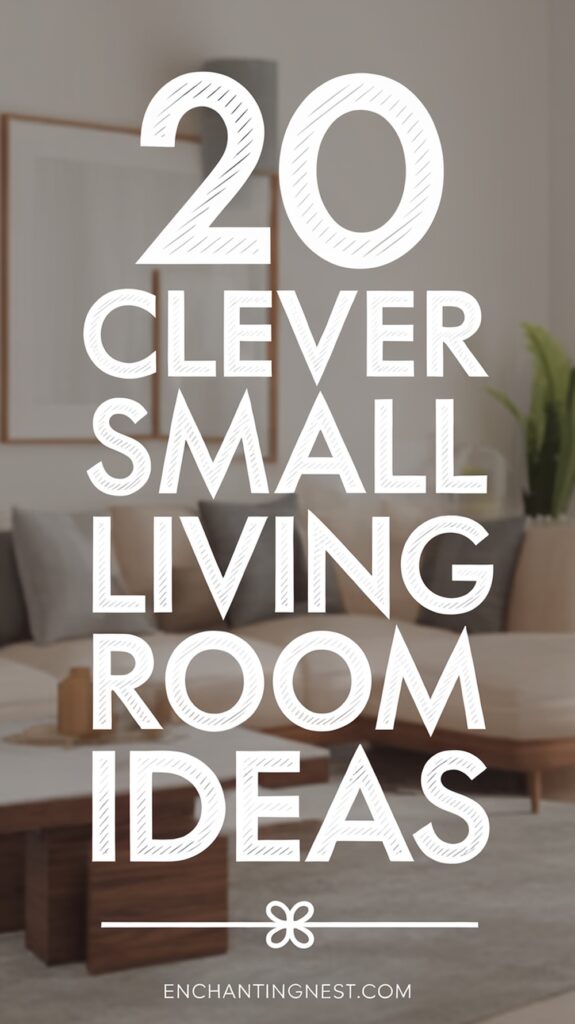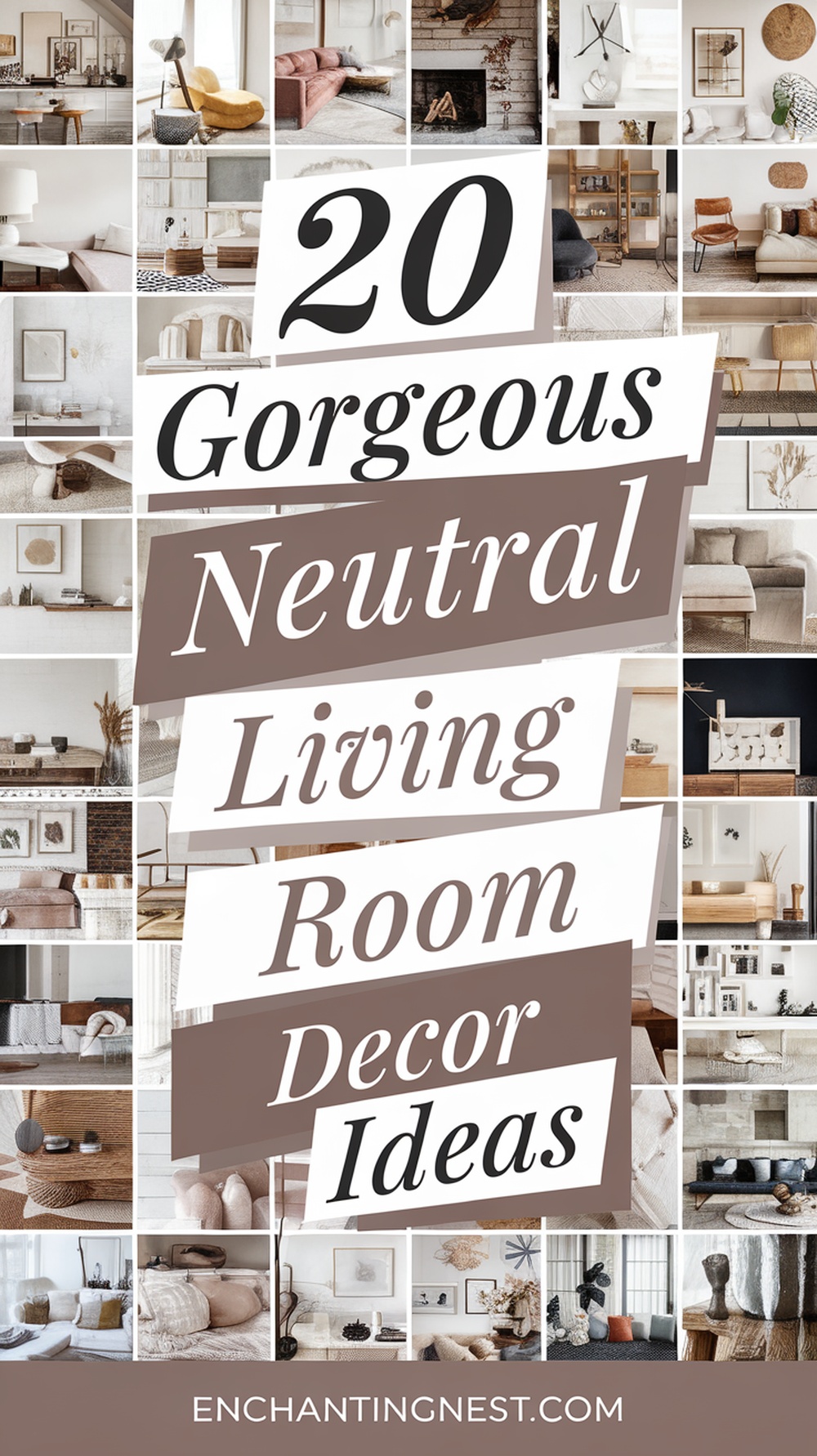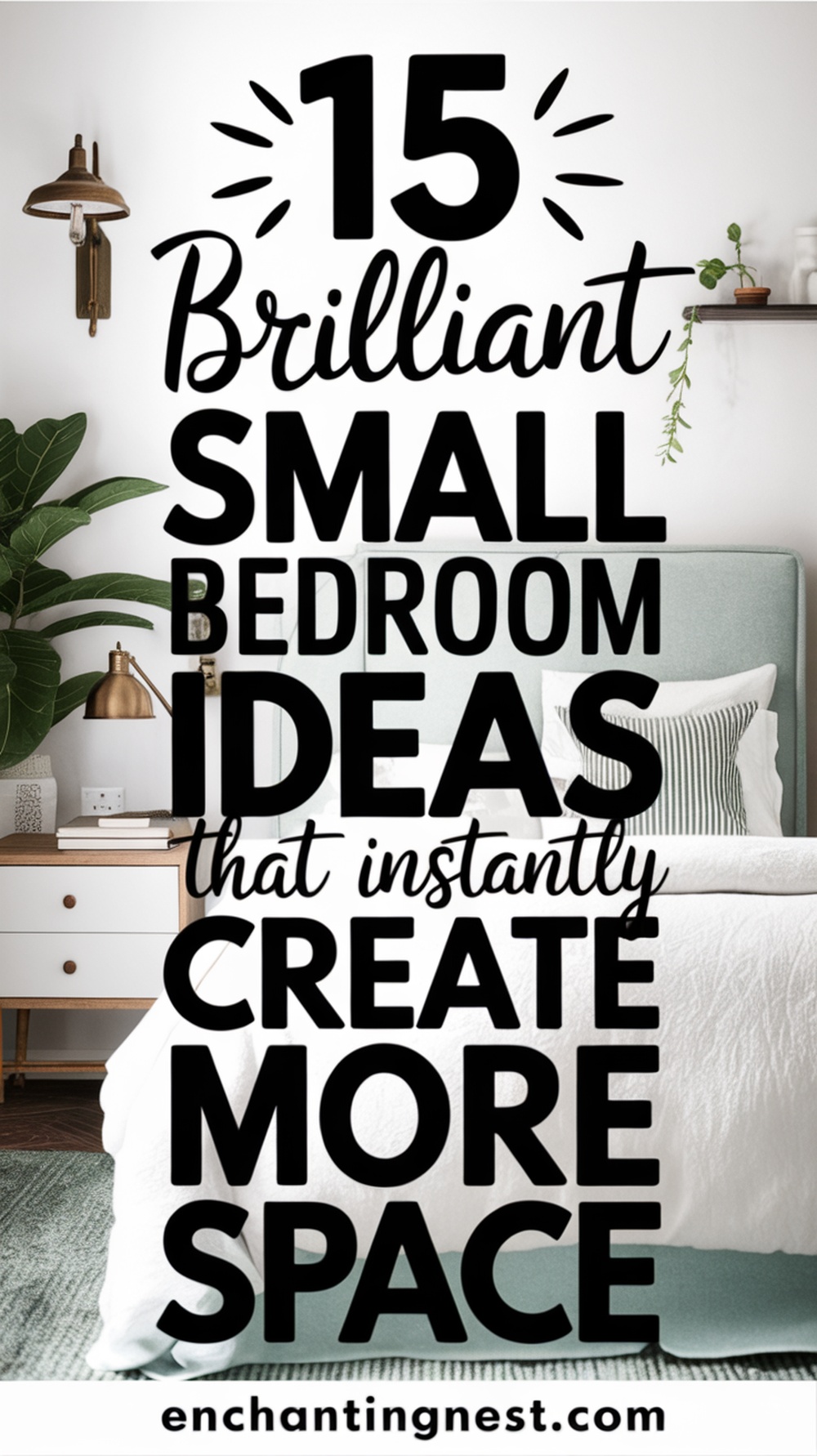20+ Genius Small Living Room Ideas to Maximize Your Space
As a mom of 5 kids with a home that sometimes feels like it’s bursting at the seams, I’ve become something of an expert at maximizing space and decluttering out of necessity! Small living room ideas have become my specialty. Living in a small space can feel challenging, but I’ve discovered it’s also an opportunity for creative design. Interior design experts note that the average American living room is around 300 square feet, with urban residents often working with even more compact areas. Between homework sessions, movie nights with the kids, and trying to carve out a moment of peace for myself, I’ve learned that with thoughtful planning, you can transform a small living room into a comfortable, stylish space that feels much larger than its actual square footage.
What Are Small Living Room Ideas?
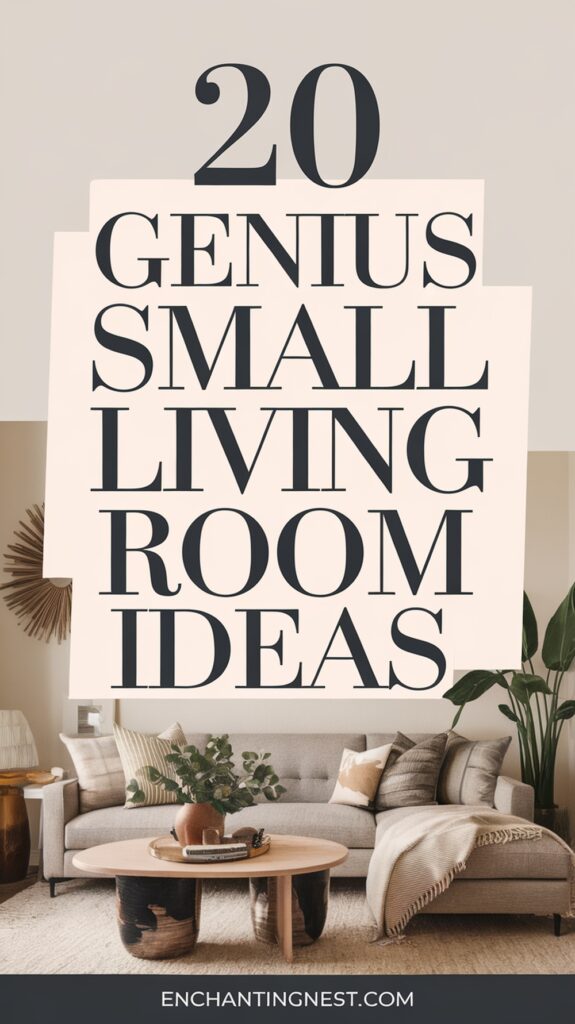
Turning Small Living Room Spaces into Smart Spaces
Trust me, small living rooms aren’t a limitation — they’re a design challenge waiting to be solved. Juggling work and family life has taught me the value of approaching spaces with creativity and strategic thinking. You can create a living area that’s both functional and visually appealing while accommodating everything from toddler toys to teen hangouts. The key is to make every square inch count and choose design elements that maximize both style and utility. After years of adapting our family space as our children grew, I’ve gathered some tried-and-true approaches that really work.
Furniture Selection Strategies for Small Living Rooms
Selecting the right furniture is crucial in a compact living room. Here are effective strategies to make the most of your space:
- Prioritize Multi-Functional Pieces
- Choose furniture that serves multiple purposes
- Look for sofa beds, storage ottomans, and convertible tables
- These pieces maximize functionality without cluttering your space
- Focus on Proportional Furniture
- Select furniture scaled appropriately for smaller rooms
- Opt for slim-profile sofas and compact armchairs
- Pieces with exposed legs create a sense of openness and visual lightness
- Embrace Modular Design
- Invest in furniture that can adapt to your changing needs
- Modular sofas and convertible pieces offer flexibility
- These designs allow you to reconfigure your space easily

Color and Design Techniques to Expand Visual Space
Color and design can dramatically transform the perception of your living room’s size:
- Leverage Light Color Palettes
- Choose neutral, light colors to create a sense of openness
- Whites, soft grays, and pale blues can make rooms feel larger
- These colors reflect more light and create an airy atmosphere
- Use Mirrors Strategically
- Mirrors are powerful tools for creating visual depth
- Place large mirrors to reflect light and create illusion of space
- Position mirrors opposite windows to maximize natural light
- Create Vertical Interest
- Draw the eye upward with tall bookshelves or floor-to-ceiling curtains
- Vertical elements make ceilings appear higher
- This technique creates a sense of expanded space
Smart Storage Solutions for Compact Living Rooms
Effective storage is critical in small living rooms:
- Utilize Wall-Mounted Storage
- Free up floor space with vertical shelving
- Floating shelves provide storage without visual clutter
- Mix functional storage with decorative display areas
- Incorporate Hidden Storage
- Choose furniture with built-in storage compartments
- Ottomans and coffee tables with hidden spaces are ideal
- Maximize functionality without compromising design
- Embrace Digital Organization
- Reduce physical clutter through digital solutions
- Digitize documents and minimize physical storage needs
- Create a cleaner, more open living environment
Layout and Arrangement Tricks
Thoughtful furniture placement can transform a small living room:
- Optimize Traffic Flow
- Create clear, unobstructed pathways
- Arrange furniture to allow easy movement
- Avoid blocking windows or doorways
- Define Functional Zones
- Use area rugs to create distinct spaces
- Separate living, work, and relaxation areas visually
- Create the illusion of multiple rooms within a compact space
- Practice Intentional Minimalism
- Each piece of furniture should serve a clear purpose
- Avoid overcrowding the space
- Prioritize quality and functionality over quantity
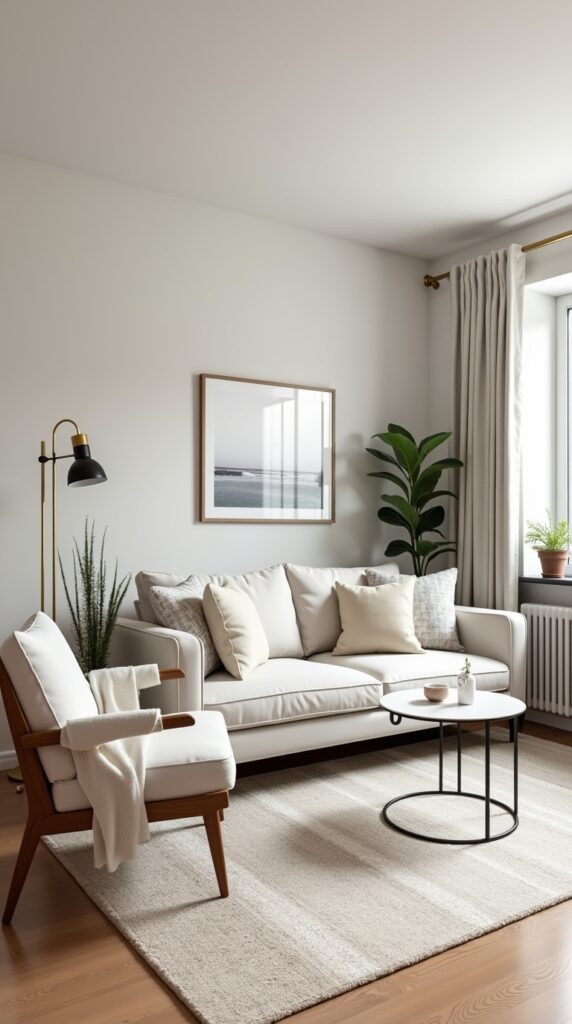
Decorating Tips to Make Small Living Rooms Feel Larger
Decorative choices can significantly impact your room’s perceived size:
- Select Artwork Carefully
- Choose one large statement piece over multiple small frames
- Create visual interest without overwhelming the space
- Select art that complements your room’s color scheme
- Adopt a Minimalist Approach
- Curate decorative items thoughtfully
- Display only meaningful, high-impact pieces
- Allow breathing room between decorative elements
- Incorporate Indoor Plants
- Add life and texture without consuming much space
- Choose tall, slim plants that draw the eye upward
- Consider hanging plants for vertical interest
Wrapping It Up
Designing a small living room is about making smart, intentional choices. By implementing these strategies, you can create a space that feels spacious, functional, and uniquely yours. Remember, limitations often inspire the most creative solutions.
Approach your small living room as an exciting design opportunity, and you’ll be amazed at the transformation you can achieve.
Frequently Asked Questions About Small Living Room Ideas
How do I make my small living room look bigger?
Use light colors, incorporate mirrors, choose multipurpose furniture, and maintain a minimalist approach.
What furniture works best in a small living room?
Opt for compact, multifunctional pieces like storage ottomans, nesting tables, and slim-profile sofas.
How can I add storage to a small living room?
Utilize vertical space, choose furniture with built-in storage, and use wall-mounted shelves.
Should I use dark colors in a small living room?
While dark colors can work, they’re best used as accents. Stick to lighter base colors to maintain an open feel.
How do I arrange furniture in a small living room?
Create clear pathways, use scaled-down furniture, and consider floating furniture away from walls.
